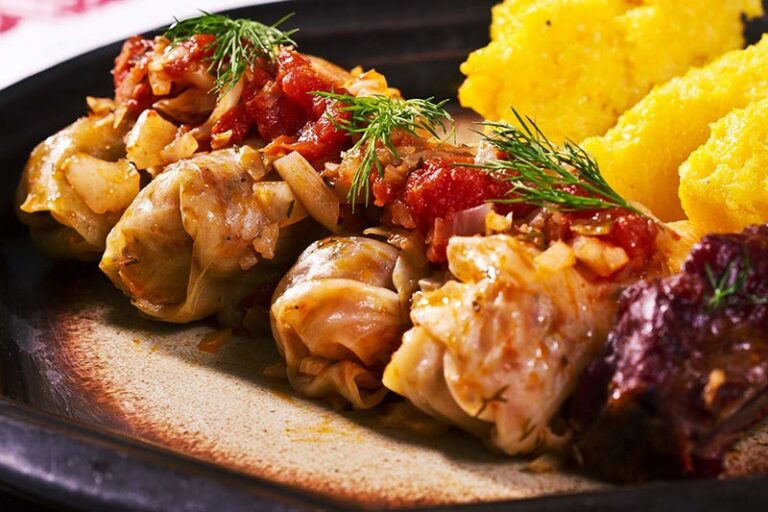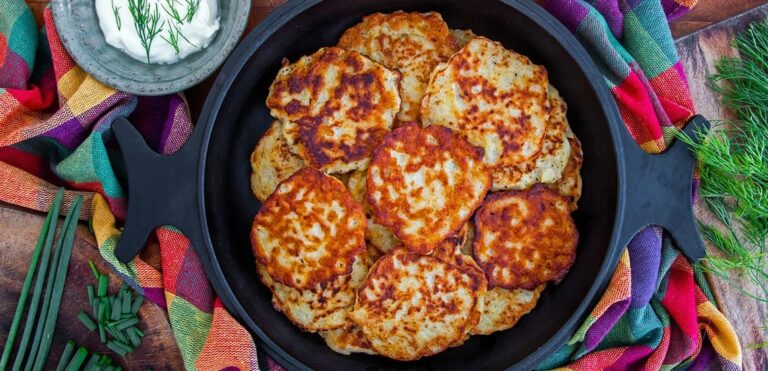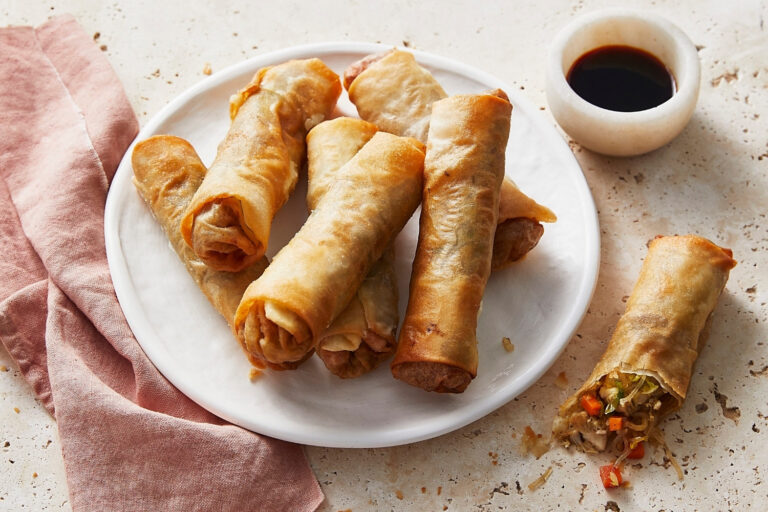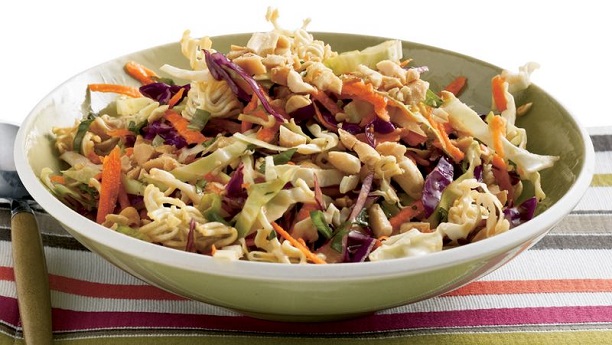Introduction: Czech Cuisine Overview
Czech cuisine is a hearty and filling cuisine that has been heavily influenced by its neighboring countries, such as Germany, Austria, and Hungary. It is characterized by its use of meat, potatoes, and cabbage, as well as a variety of spices and herbs. Czech cuisine has a long history and has been shaped by the traditions of the Czech people, who have been farming and cooking for generations.
Potatoes: A Staple in Czech Cooking
Potatoes are a staple in Czech cooking and are used in a variety of dishes. They are often boiled, mashed, or roasted, and are served as a side dish with meat or as a main course. Some of the most popular potato dishes in Czech cuisine include bramborak, which is a potato pancake, and hranolky, which are French fries. Potatoes are also used in soups, stews, and as a filling for dumplings.
Cabbage: A Versatile Ingredient in Czech Cuisine
Cabbage is another versatile ingredient in Czech cuisine. It is used in a variety of dishes, including soups, stews, and salads. One of the most popular cabbage dishes is zeli, which is a stew made with sauerkraut and pork. Cabbage is also used as a filling for dumplings, and is often served as a side dish with meat. In addition to its culinary uses, cabbage is also known for its health benefits, as it is rich in nutrients and antioxidants.
Traditional Czech Dishes Featuring Potatoes
There are a number of traditional Czech dishes that feature potatoes. One of the most popular is knedliky, which is a type of dumpling made with potatoes and flour. It is often served with meat and gravy. Bramboraky, or potato pancakes, are also a traditional Czech dish that is made with grated potatoes, flour, and eggs. They are often served with sour cream or applesauce.
Authentic Czech Recipes with Cabbage
Czech cuisine has a number of authentic recipes that feature cabbage as a main ingredient. One of the most popular is zeli, which is a stew made with sauerkraut and pork. Another popular dish is sekanice, which is a type of sausage that is made with cabbage and pork. Cabbage is also used in salads, such as the famous Czech coleslaw, which is made with cabbage, carrots, and mayonnaise.
Regional Specialties: Potatoes and Cabbage
In different regions of the Czech Republic, there are different specialties that feature potatoes and cabbage. In Moravia, for example, knedliky are often made with sauerkraut and served with roast pork. In Bohemia, roasted potatoes are often served with pork or beef. Cabbage soup is a popular dish in the eastern part of the country, while cabbage rolls are a specialty in the western part.
Nutritional Value of Potatoes and Cabbage
Potatoes and cabbage are both nutrient-rich foods that offer a number of health benefits. Potatoes are a good source of vitamin C, vitamin B6, potassium, and fiber. They are also a low-calorie food that can help with weight management. Cabbage is a good source of vitamin C, vitamin K, and fiber. It is also low in calories and can help with digestion.
Conclusion: The Importance of Potatoes and Cabbage in Czech Cooking
Potatoes and cabbage are both important ingredients in Czech cuisine, and can be found in a variety of traditional dishes. They are both nutritious foods that offer a number of health benefits, and are also versatile ingredients that can be used in a variety of dishes. Whether you are trying a traditional Czech recipe or experimenting with your own creations, potatoes and cabbage can add flavor and nutrition to any dish.

















